7 Essential Signs Your Feet Reveal About Liver Health: Expert Care at WeTreatFeet Podiatry
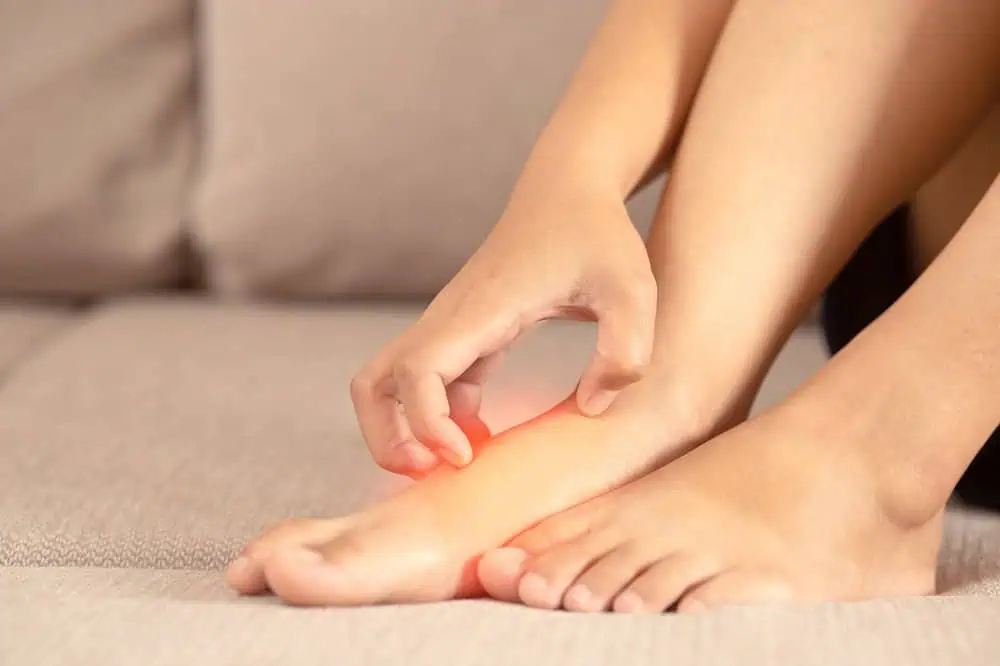
What Feet Reveal About Liver Health? Seems like a silly question. However, our feet can serve as windows to your overall health, particularly when it comes to liver function. As podiatrists at WeTreatFeet Podiatry, we’ve observed numerous patients whose foot symptoms were early indicators of liver conditions. Understanding these crucial connections between your liver and feet can lead to earlier […]
WeTreatFeet Podiatry: Common Foot Problems and Effective Prevention Strategies
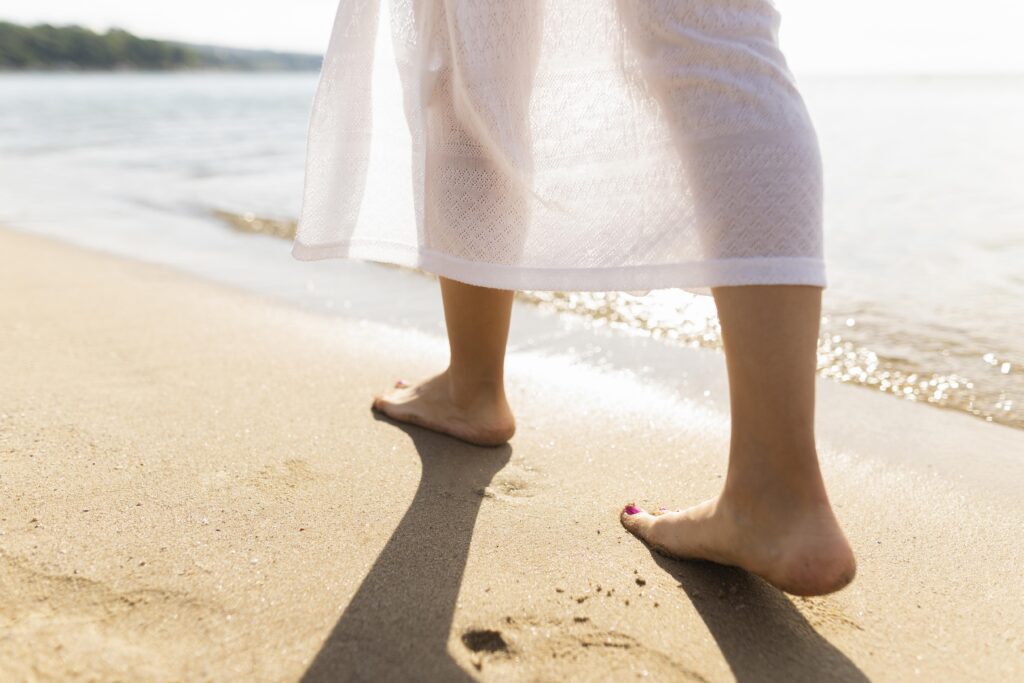
Your feet are the unsung heroes of your daily life, carrying you through countless steps, whether you’re sprinting to catch the bus or leisurely strolling through the park. Yet, we often take them for granted until a problem arises. Fear not! As your trusted foot companion, WeTreatFeet Podiatry is here to guide you through common […]
The Achy Ankle: Understanding Talus Dome Osteochondritis Dissecans (OCD) Lesion
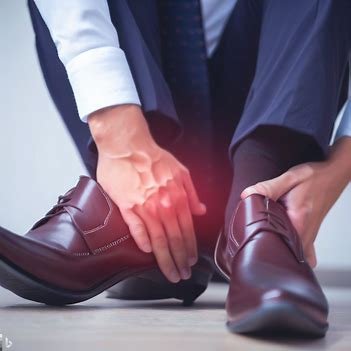
WeTreatFeet Podiatry are experts in treating Osteochondral Lesions When an Ankle Sprain is more than a sprain! What is a Talar Dome Osteochondritis Dissecans (OCD) Lesion? A Talar Dome Osteochondritis Dissecans (OCD) Lesion may sound like a big and scary phrase, but let’s break it down. The talus bone is a special bone in […]
Common Foot Problems and Effective Prevention Strategies: Keep Your Feet Healthy and Active
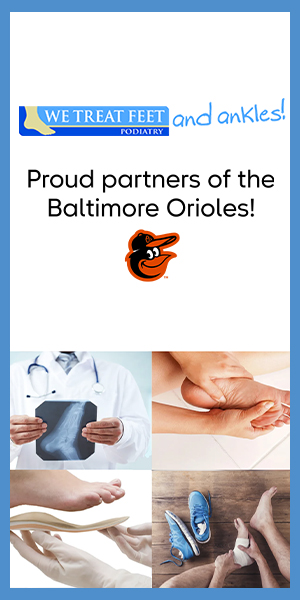
WeTreatFeet Podiatry for All your Foot and Ankle Needs Your feet are the foundation of your body, carrying you through countless steps each day. However, various foot problems can hinder your mobility and overall well-being. In this blog post, we will explore common foot problems and provide effective prevention strategies to keep your feet healthy […]
WeTreatFeet Podiatry Has Several in Office Ambulatory Surgical Facilities for our Patients
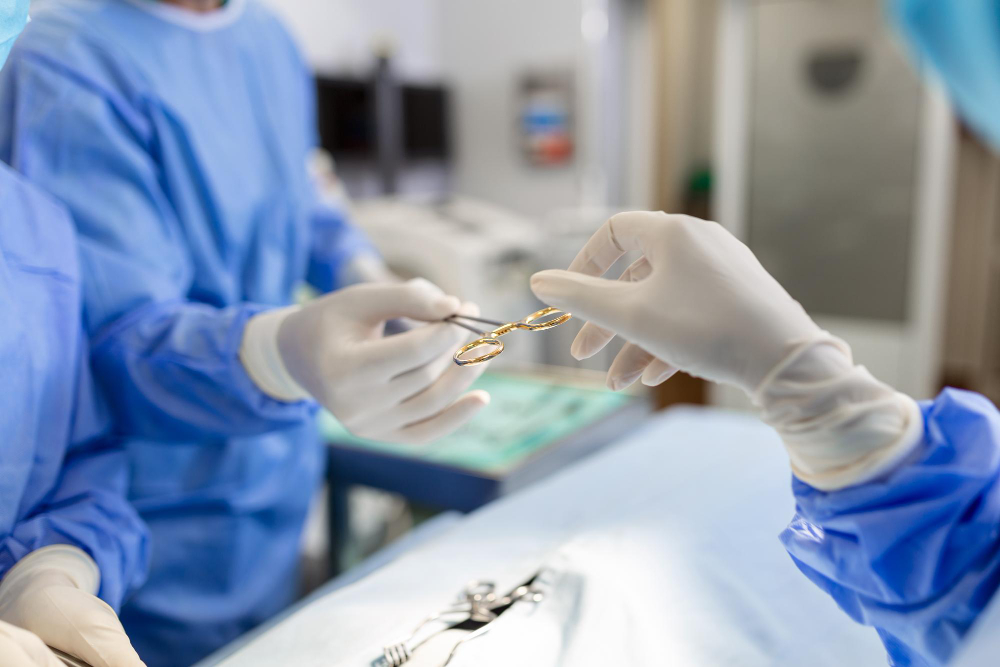
WeTreatFeet Podiatry: Ambulatory Outpatient Surgery in Our In-Office Surgical Center At WeTreatFeet Podiatry, we understand that needing surgery can be a stressful experience for our patients. That’s why we offer ambulatory outpatient surgery at our in-office surgical center. Not only does this provide care in a less expensive and more convenient manner, but it also […]
Age and Surgery: How Does Age Affect the Choice of a Surgical Procedure?
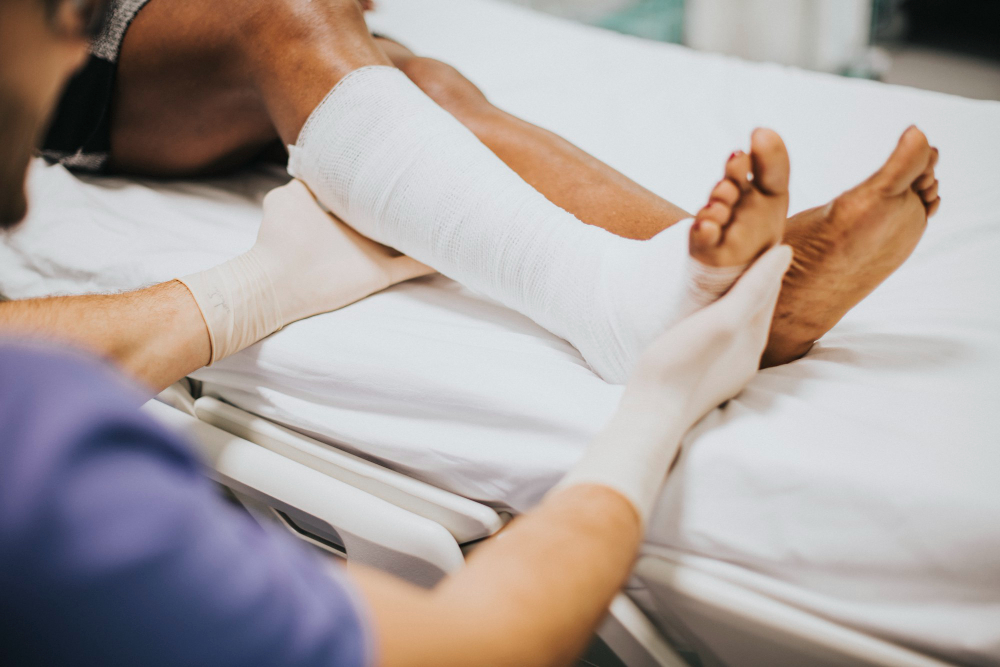
Introduction Hey there! Do you know what surgery is? It’s when a doctor makes cuts or incisions in your body to fix something that’s not working properly. Surgery can be scary, but it’s also very helpful! Sometimes, when we get older, we may need surgery to help us feel better. But, did you know that […]
